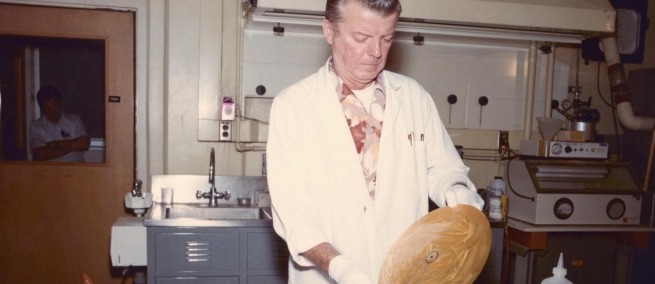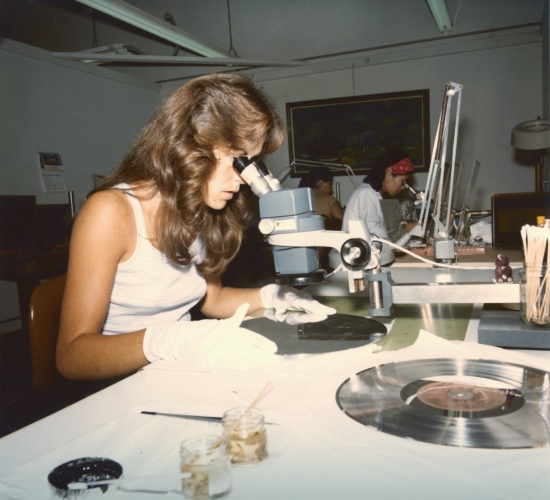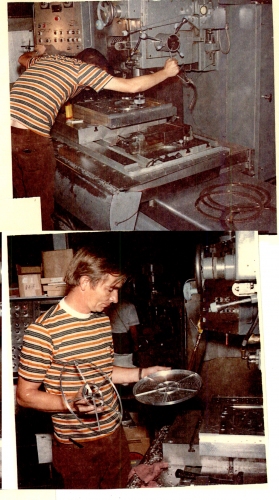
Since launching 40 years ago September 5, NASA’s twin Voyager space probes have travelled close to 12 billion miles. Voyager 1 and 2 photographed all of the planets in Earth’s solar system. “Perhaps Galileo has taken further detail of Jupiter, and Cassini of Saturn, but these were the first,” film director Emer Reynolds (THE FARTHEST) told Science & Film in an interview. “Voyager took big, high-resolution, gorgeous images. Much of what we know now, we know from Voyager.” Reynolds’ documentary, now in theatres, is one of the many cultural representations of the Voyager mission.
In addition to gathering data and photos for Earthlings, each Voyager spacecraft carried messages for aliens. Astronomer and public television host Carl Sagan (COSMOS) helped to create the Golden Record–made out of gold-plated copper–which contains sounds and images supposedly representative of humanity. But the records did not include images of war or poverty.

A new feature film, in script-stage, called VOYAGERS is about the making of the Golden Record and features a scene in which “the team is picking examples of architecture to include on the record, and a lot of buildings had to be ruled out because much of the world’s most magnificent architecture are religious buildings,” screenwriter Zach Dean told Science & Film. “They did not want to highlight one religion over another to send into space. So in the end they chose to include the Taj Mahal because it was built in the name of love and not in the honor of a god.”
Ann Druyan was Sagan’s collaborator on the Golden Record project (the two later married). When Druyan was selecting what to put on the record, she’d heard Beethoven’s “Cavatina” from “String Quartet #13” and “it overwhelmed me with its beauty,” she wrote in 2017. “I asked myself how I could ever repay Beethoven for this sublime experience. When Carl asked me to be the Creative Director of the Voyager Interstellar Record, my first thought was that this was my chance to repay Beethoven by giving that piece of music the closest thing to immortality we have–a shelf-life of at least a thousand million years.”
 Emer Reynolds’ film THE FARTHEST is now in theatres, and Zach Dean’s film is in development. To celebrate the 40th anniversary of Voyager, The New York Times made a short tribute video.
Emer Reynolds’ film THE FARTHEST is now in theatres, and Zach Dean’s film is in development. To celebrate the 40th anniversary of Voyager, The New York Times made a short tribute video.
Image credits: NASA/JPL-Caltech